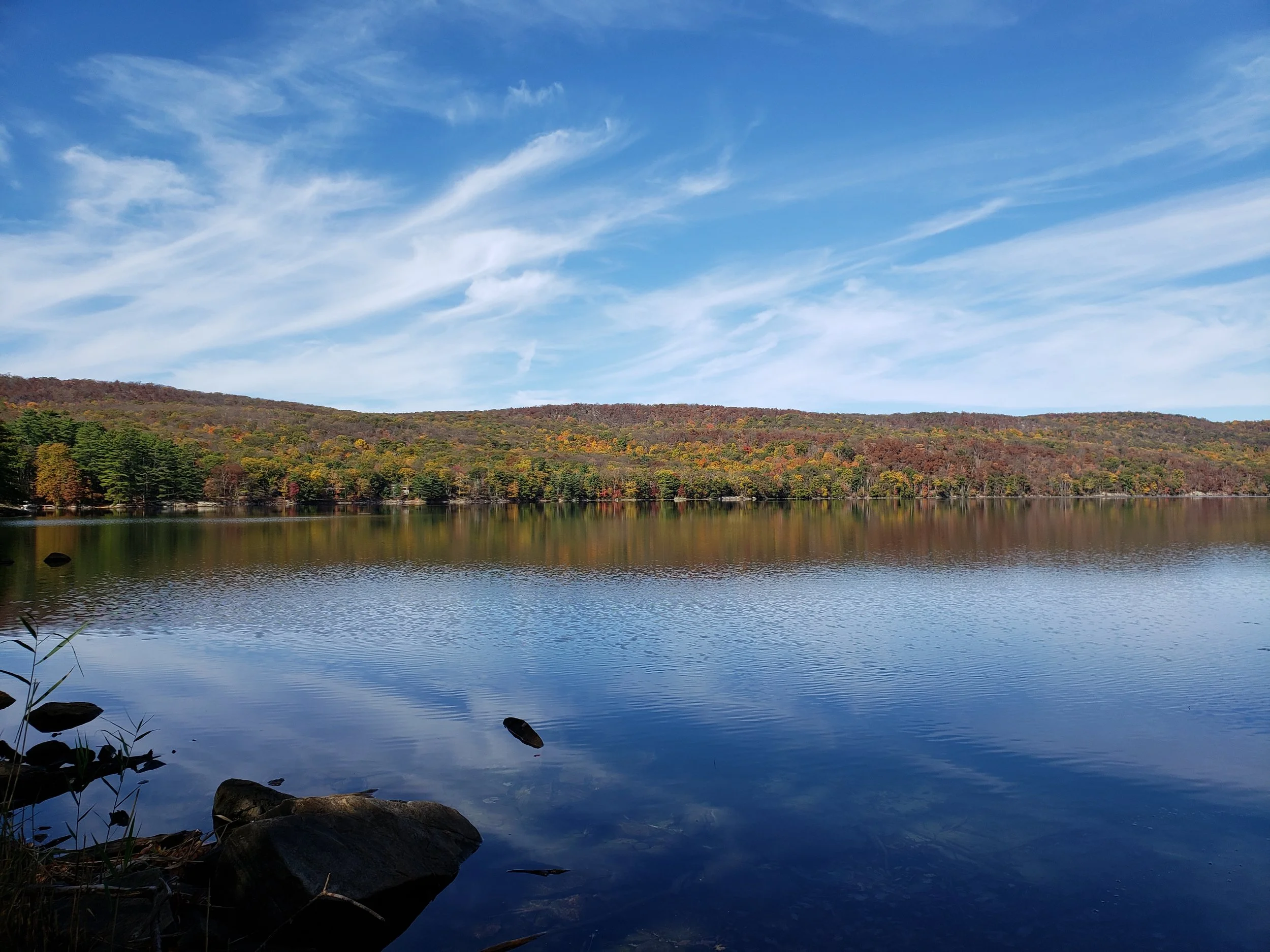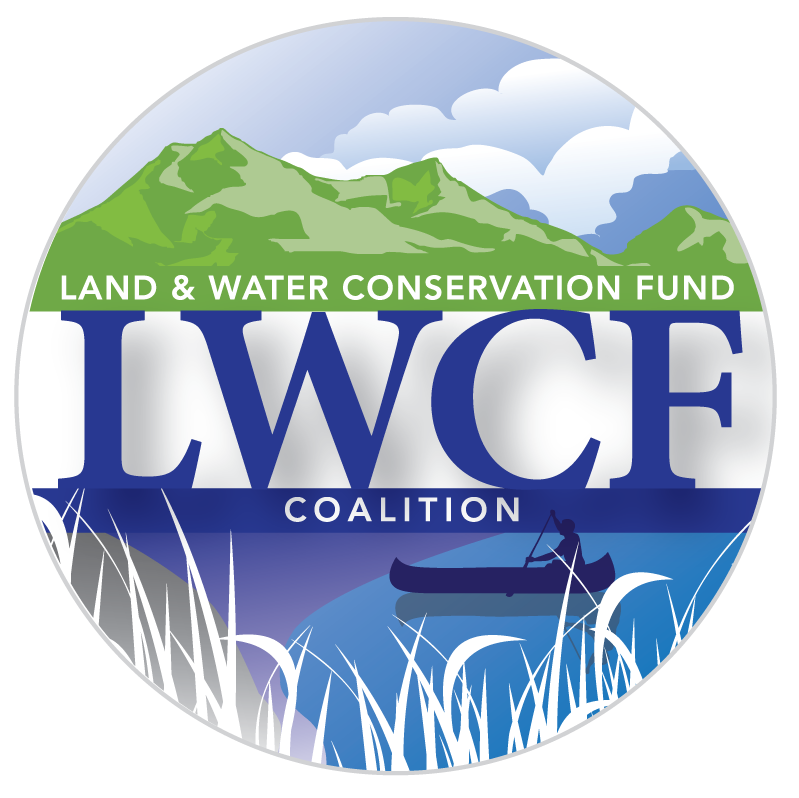
BLOG

Public Access Into Zion National Park Permanently Protected BY LWCF
For 16 miles, hikers weave their way down the Zion Narrows Trail as it follows the Virgin River through one of the most iconic spots in Zion National Park. The hike covers difficult rocky, narrow terrain; however, up until recently, that wasn’t the greatest challenge to completing the trail. Just last year, hikers were greeted to a sign reading: “Permission to Pass Subject to Trespassing Fee,” “For Sale By Owner. Own Over 1 Mile of the Zion Narrows,” and “880 Acres with Water and Resort Potential.” This came as a great shock to many who assumed the trail was protected for public use, but a dispute with the landowner who had previously always allowed access, led the National Park Service to stop issuing permits for the trail. The Land and Water Conservation Fund (LWCF), America’s most important conservation program used to protect this type of land from private development, had recently expired and the gateway to Zion National Park was at real risk of being home to a resort or trophy home.

LWCF Invests in Green Infrastructure
When we think of green infrastructure, a conservation program like the Land and Water Conservation Fund (LWCF) may not be the first thing that comes to mind. However, LWCF has been investing in our nation’s green infrastructure for over a half century through protecting and filtering drinking water, reducing disaster risk, increasing coastal resiliency, providing flood mitigation, and supporting carbon sequestration. In every county in all 50 states and in U.S. territories, our national, state, and local parks, forests, wildlife areas, and other public lands are a critical network of green infrastructure that need continued investment in order to protect nearby communities from the effects of our changing climate.
